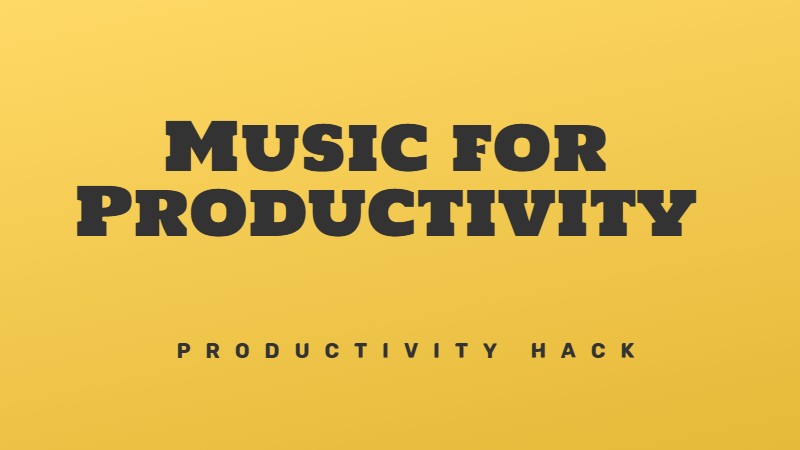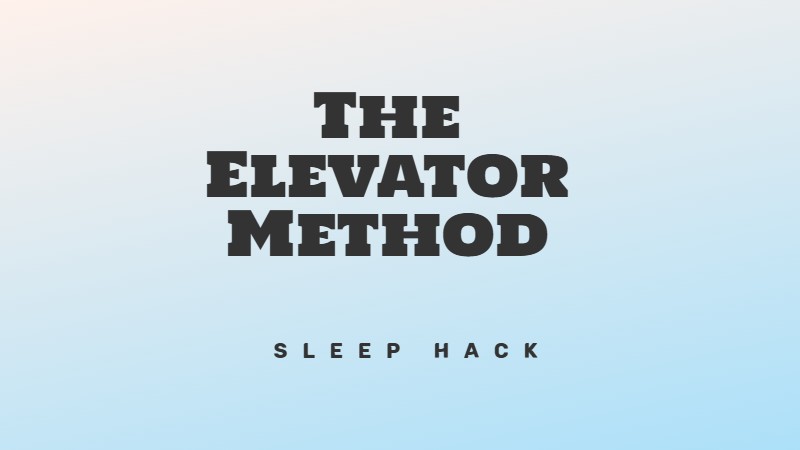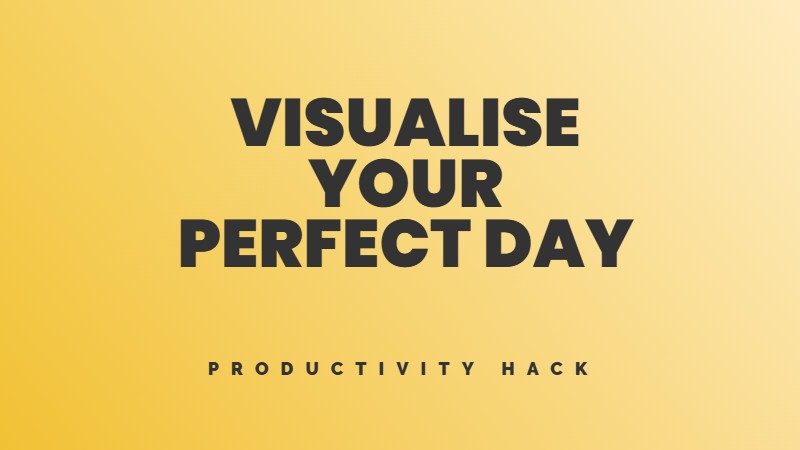Your brain works differently when you speak aloud.
When stuck on a problem, most people retreat into silent thought. They read the same information repeatedly, hoping for a rare breakthrough. But silent thinking uses only part of your brain’s problem-solving machinery. When you verbalise a problem—speaking it aloud to another person—you activate language centres that remain dormant during internal reflection.
Scientists have observed this phenomenon for decades. At research centers like Xerox PARC, employees developed a ritual where one person would ask another to “hold their duck” while they talked through a complex issue. The listener wouldn’t offer advice. They’d simply pay attention. Almost magically, solutions would emerge from the speaker’s own explanation.
I’ve since watched this happen hundreds of times with friends, colleagues, and even strangers. Someone starts explaining their problem and suddenly stops, eyes lighting up with realisation.
Words spoken aloud rewire problems your silent brain can’t solve.
Based on your request, I’ll create an article about problem-solving and gaining clarity using the “rubber duck” concept from the text as inspiration.
Why explaining your problem leads to solutions
You sit staring at a problem that makes no sense. The solution feels miles away. You’ve tried everything. Reading more, taking breaks, revisiting your notes, but nothing works. Then you ask a friend to listen while you explain the issue, and halfway through your explanation, the answer hits you like lightning.
This phenomenon happens because talking through problems activates different parts of your brain than silent thinking does.
About the method
The “Hold my duck” method has roots in programming circles where it’s called “rubber duck debugging.” Software developers would explain their code line-by-line to a rubber duck on their desk and often spot the bug during their explanation.
A more powerful version involves a human listener. At Xerox PARC, a research hub known for groundbreaking innovations, researchers developed a practice where someone would ask a colleague to “hold their duck” while they talked through a problem. The colleague wouldn’t offer solutions. They’d just listen. Often, the explainer would solve their own problem midway through and say, “Thanks for holding my duck.”
This practice spread through Pixar’s technical teams, where it became common for someone to walk into an office and say, “I need you to hold my duck,” signalling they needed to talk through an issue without interruption.
Practical steps
Extra tips
The science behind it
When you explain a problem out loud, you:
Use this method next time you face a difficult decision, a complex problem, or a creative block. Find someone willing to “hold your duck” while you talk it through. The solution often lies not in getting advice, but in hearing yourself explain the problem fully.




Leave feedback about this